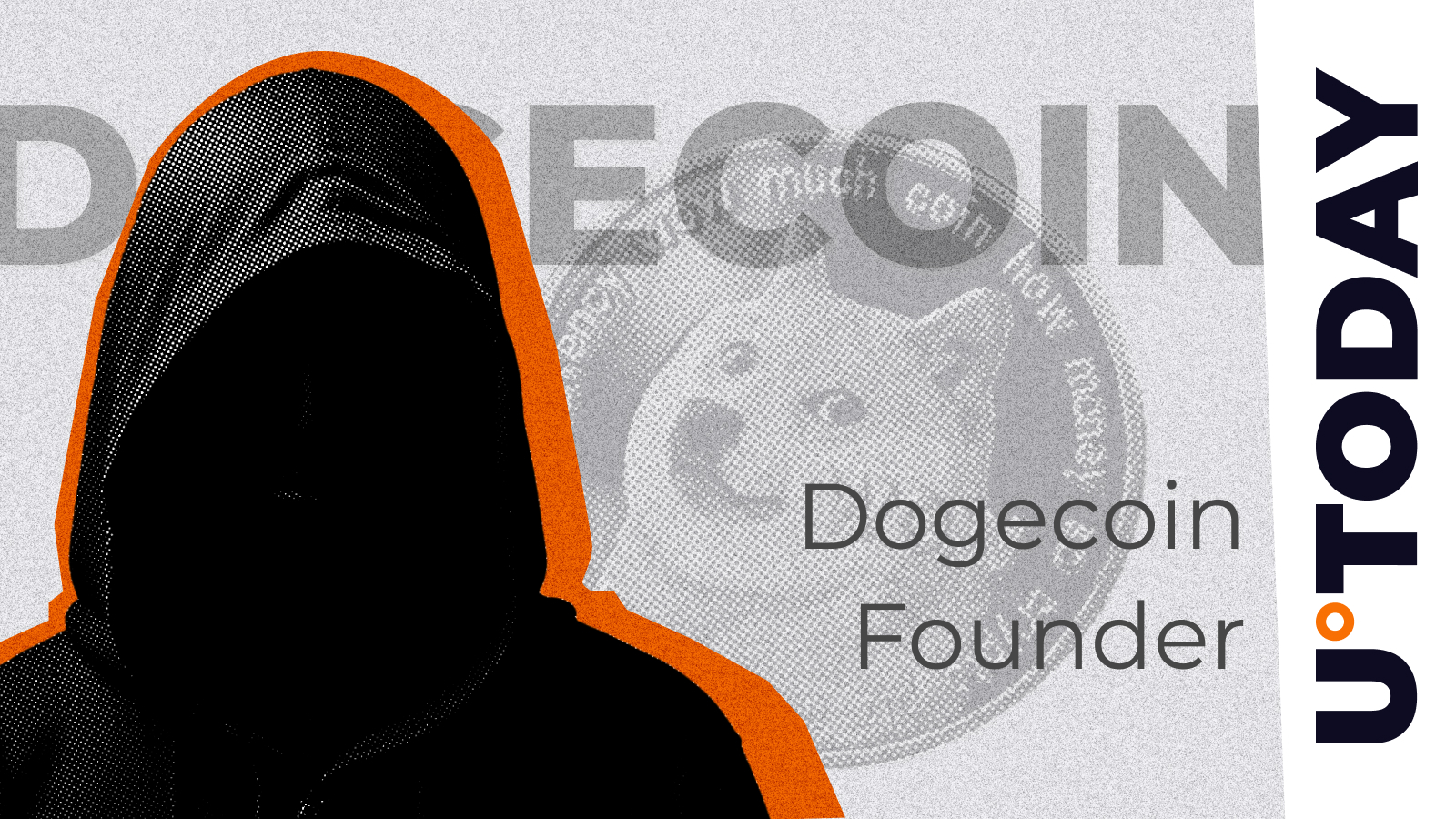ARTICLE AD BOX
Since its mainnet launch in May 2023, Sui has quickly gained traction. What’s interesting is that it has already positioned itself as a serious competitor to Solana. By September 2024, Sui surpassed 1 million daily active addresses and locked in over $1.22 billion in total value locked (TVL). These impressive metrics place Sui among the top 10 blockchains by TVL, signaling strong DeFi adoption. While Solana boasts 4 million daily active addresses, Sui’s rapid growth within a short time frame suggests it’s swiftly catching up.
Sui’s parallel transaction processing gives it a notable advantage in scalability and resilience. Scalability and resilience notably two areas where Solana has faced challenges, especially with network outages. While Solana remains a major player in the Layer-1 blockchain space, its scalability issues and network reliability concerns open the door for Sui to potentially overtake it in the future.
Solana vs. Sui: A Head-to-Head Comparison
Network Stability
- Solana: Has experienced multiple network outages, raising concerns about reliability.
- Sui: No major outages reported, thanks to its parallel transaction processing, offering better network resilience.
Transaction Success Rates
- Solana: Reports higher transaction failure rates on platforms like Jupiter and Raydium, which can be costly for users.
- Sui: Designed to minimize failures through parallel transaction execution, providing more consistent transaction success.
Transaction Per Second (TPS) Metrics
- Solana: Advertises high TPS, but actual performance averages around 250 TPS, sometimes inflated by including voting and failed transactions.
- Sui: Capable of handling up to 130,000 TPS, offering a more accurate reflection of transaction performance.
Decentralization
- Solana: Faces validator centralization concerns, with a small number of validators controlling a significant portion of the staked supply.
- Sui: Promotes a more decentralized validator structure, making it harder for any single entity to control the network.
Validator Accessibility
- Solana: High wealth requirements for validators, limiting participation.
- Sui: Lower barriers for validator entry, encouraging broader decentralized participation.
Blockchain Bloat
- Solana: Accumulates large amounts of blockchain data, which can impact scalability.
- Sui: Implements efficient data management, reducing blockchain bloat and improving scalability.
Security and Vulnerabilities
- Solana: Has been vulnerable to certain exploits, including RPC endpoint attacks and front-running.
- Sui: Utilizes the Move programming language, aiming to reduce front-running risks and enhance security.
Economic Stability
- Solana: Affected by external factors like significant sell-offs of SOL holdings, impacting price stability.
- Sui: Less exposed to centralized risks, offering a potentially more stable economic environment.
While Solana remains a dominant force in the Layer-1 blockchain space, Sui addresses many of its critical issues, including network stability, decentralization, and transaction success rates. With rapid adoption and innovative technology, Sui could challenge Solana’s dominance in the coming years. The next phase of competition in the Layer-1 space will depend on how these blockchains evolve and address their respective shortcomings.
As Sui continues to innovate and tackle key challenges in blockchain technology, it stands poised to reshape the competitive landscape, offering a robust alternative to established platforms like Solana.
 (1).png) 1 month ago
31793
1 month ago
31793










 English (US) ·
English (US) ·